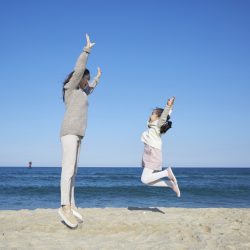SingaporeMotherhood | Preschooler & Up
September 2022
A Closer Look at Ortho-K Lenses for Children with Myopia
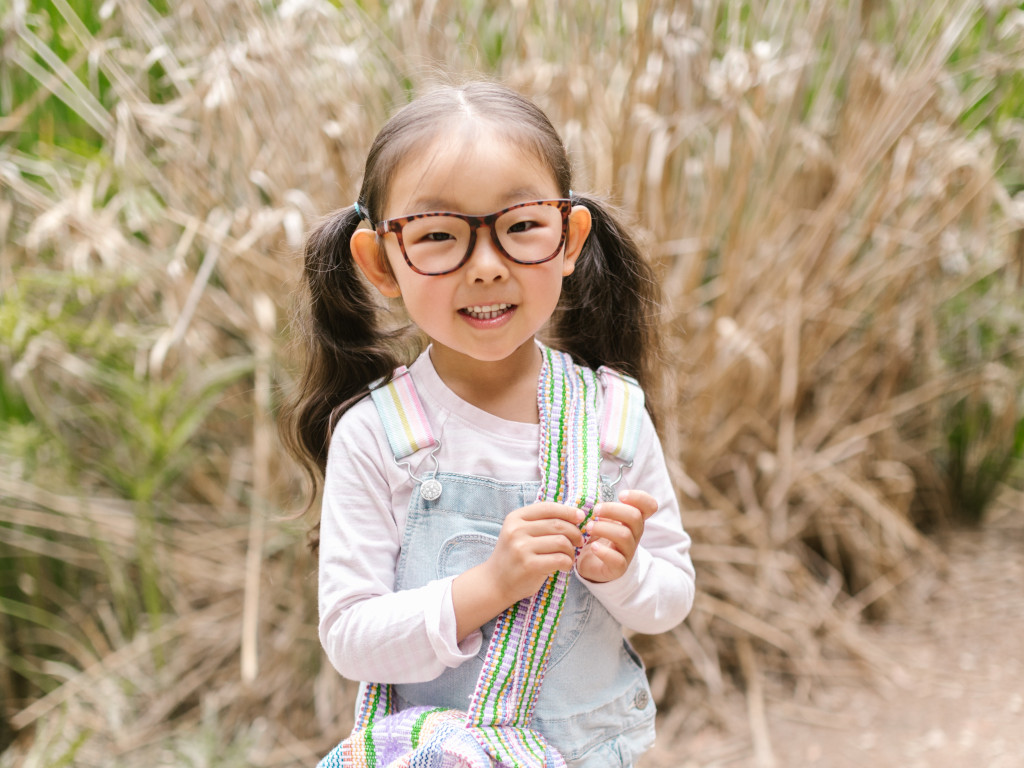
Michelle Hon first heard about ortho-K lenses from a mummy blogger friend. “I remember reading about how wearing the lenses helped her daughter, but I had no idea how it actually worked.” Later, Michelle noticed her daughter starting to have trouble reading from far. The 42-year-old founder of MomBoss Academy and @TheChillMom suspected that eight-year-old Lauren might be myopic. True enough, an eye check at the optometrist confirmed it.
“My first thought was, ‘Does she really need glasses? Maybe her eyesight will get better later.’ Looking back, I was in denial,” admits Michelle. “However, I soon realised that myopia was really impacting her daily life. She would struggle with reading off the whiteboard, or run slower because she couldn’t see her surroundings clearly.” While reading up on possible solutions, Michelle came across ortho-K again.
But what is ortho-K and can it really help children with myopia? We invited Ken Tong, President of the Singapore Optometric Association, to tell us more about it.
(See also: The Best Ways to Reduce your Child’s Myopia Risk, and Manage their Screen Time)
1. What is ortho-K?
Ortho-K (short for orthokeratology) are hard lenses worn at night when the child is sleeping. They reshape their corneas and provide clear vision the next day, so there’s no need for spectacles or contact lenses. Ortho-K lenses were originally designed as a scientifically proven method for myopia correction.
2. Does it really work?
In recent years, clinical studies have shown that it is one of the most effective methods at slowing myopia progression. This is especially in school-aged children. One example is the ACUVUE® Abiliti™ Overnight Therapeutic Lenses, an ortho-K lens with the CE mark for myopia control.
3. Will ortho-K cure myopia?
Myopia is not a curable condition. However, it can be managed by slowing its progression. Starting children on optical intervention treatments such as ortho-K can help slow down myopia progression before it worsens.
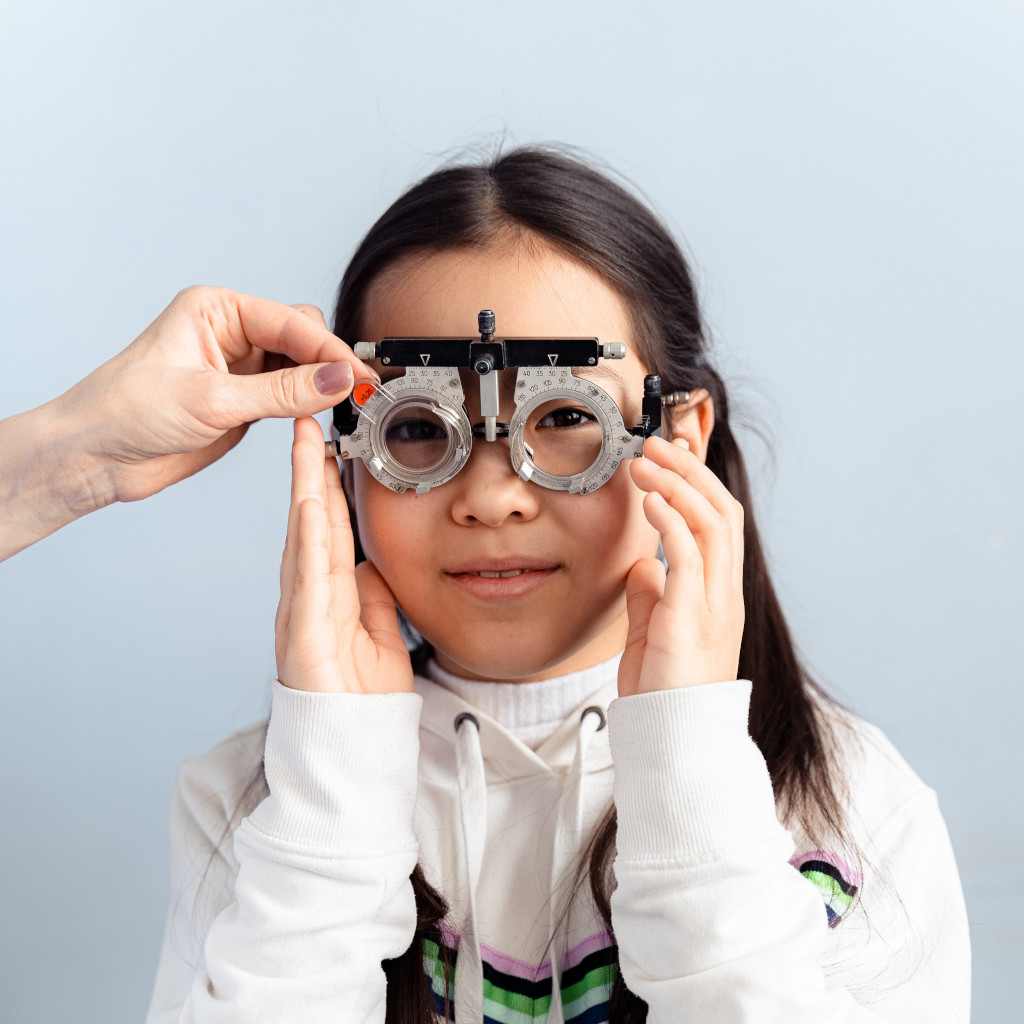
4. Who is it best suited for?
Ortho-K lenses are best for children as this is when they are at risk of developing high myopia. High myopia refers to -5.00 diopters (or 500 degrees) and above in each eye, and can lead to sight-threatening complications.
5. When should my child start on ortho-K?
It is encouraged for myopic children to start ortho-K as early as possible, so the best time to get your child fitted is when they are first diagnosed with it. There is no ‘safe’ level of myopia, and it is never too early to start managing it.
6. Is it safe? Any potential side effects?
Ortho-K lenses are proven safe as long as the wearer follows the guidelines of cleaning and usage. If they become lax with cleaning, problems such as eye infections could arise. (This is true for wearers of all contact lenses, not just ortho-K lenses.) They should go for regular follow-ups with their optometrist too.
(See also: Childhood Myopia in Singapore: 9 Common Myths Busted!)
7. Can my child’s eyesight worsen because they continue to use digital devices during the day, even if they wear ortho-K lenses at night?
Ortho-K lenses are designed to slow down your child’s myopia progression. However, from a lifestyle standpoint, I still recommend increasing the time your child spends outdoors. Children who spend 200 minutes or more outdoors every day are less likely to be, or to become, myopic, regardless of how much near work they do or whether they’re genetically inclined to be myopic.
This is partly because bright outdoor light, which cannot be replicated indoors, provides a protective effect to prevent myopia onset and progression, even if you’re wearing sunglasses or are under an outdoor shelter. So, my recommendation is to actively involve your child in regular outdoor activities such as sports, games, and walking.
As a father of two children, aged 9 and 15, I have fair experience in constantly asking them to limit their screen time. As parents, we have to continue to advocate and work with eyecare professionals to maintain our children’s eye health.
Ken Tong, President of the Singapore Optometric Association
8. Can adults benefit from ortho-K too?
Adults who wear ortho-K will benefit mainly through lifestyle improvement. They will similarly enjoy clear vision the next day without needing to wear any vision correction. However, those with eye diseases might not be suitable for ortho-K. It is best to consult your optometrist to find out more.
9. Who can prescribe ortho-K lenses?
A crucial first step for parents who are keen for their child to try out ortho-K lenses is to take your child to an optometrist for a comprehensive eye check. Check here for a list of eyecare professionals to visit for an ortho-K consultation.
10. What is the process of getting ortho-K lenses?
First, the optometrist will conduct a comprehensive eye check on their eye health and front eye profile. If all goes well, the next step will be to fit your child with their ortho-K lenses. Your optometrist will take you and your child through the handling and care of the lenses. They will also schedule follow-up visits until you are used to the process.
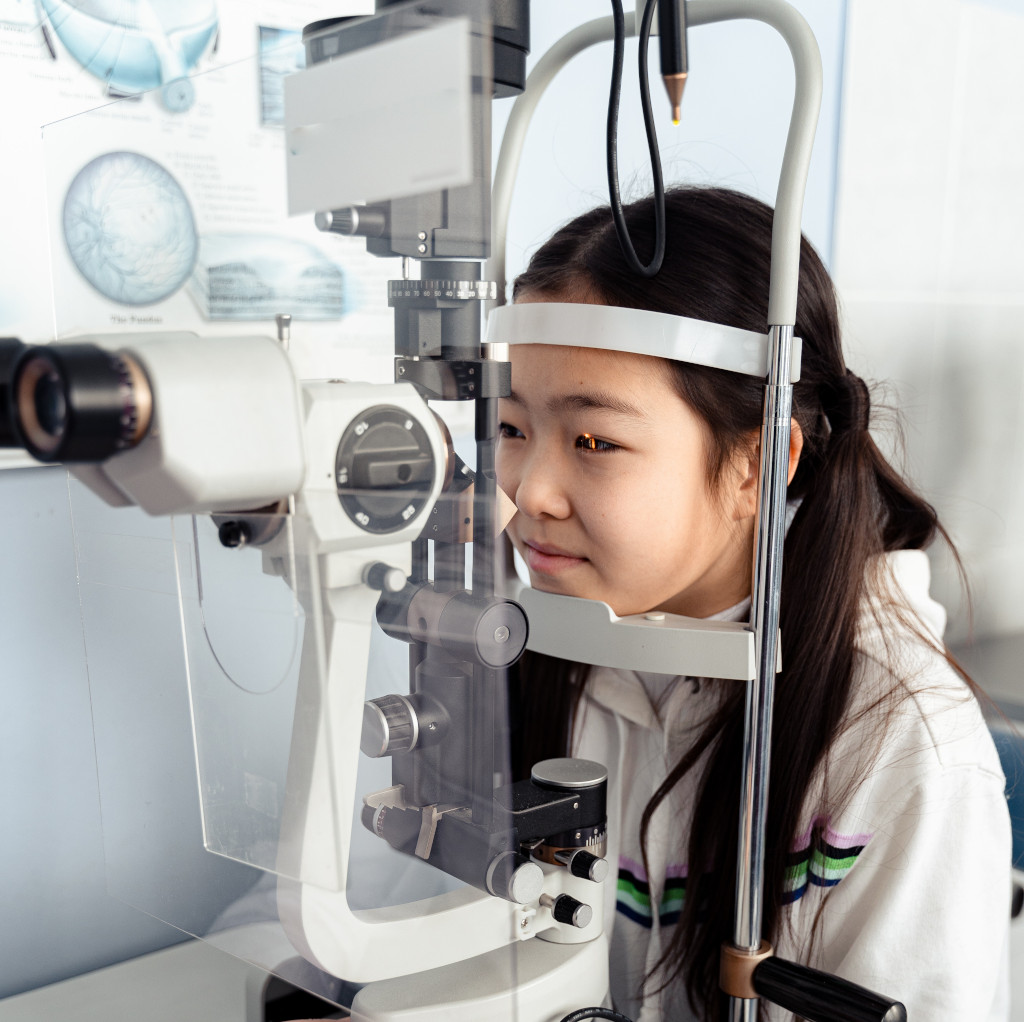
11. How long does my child have to use ortho-K?
Your child can use ortho-K indefinitely to prevent their myopia from progressing. This is as long as their eyes are healthy and their lifestyle supports the use of ortho-K lenses. For example, an individual with irregular sleeping hours might not get clear vision the next day.
12. How much does starting my child on ortho-K cost?
As ortho-K lenses are custom-made for each wearer, the cost varies according to the wearer’s prescription and eye condition. However, parents generally find that the benefits outweigh the costs, both in terms of daily life and long-term eye health.
(See also: Comparing Children’s Hospitalisation Costs in Singapore – We Do the Homework for You)
13. Any ongoing costs?
Like with all non-daily contact lenses, you will need to purchase cleaning solutions. The optometrist will also schedule a series of initial visits to ensure the lens fit well on the eyes and that the eyes are healthy. The aftercare schedule is usually a day after, once a week, once in three weeks, and subsequently every three months. As your child grows and their eyes develop, the ortho-K lenses may need replacement. Your optometrist will advise you accordingly.
14. Any extra insight or advice for parents?
Bring your child to an optometrist to have a comprehensive eye exam. This includes other visual functions like eye teaming and coordination, axial length (measurements of the eyeball), and recommendations for lifestyle and posture changes. It goes beyond just prescribing spectacles for your child.
As optometrists, we have helped many children control their myopia and axial length, and there are so many success stories. Achieving clear and healthy vision is a lifelong journey.
Ken Tong, President of the Singapore Optometric Association
Michelle Shares Lauren’s Ortho-K Journey
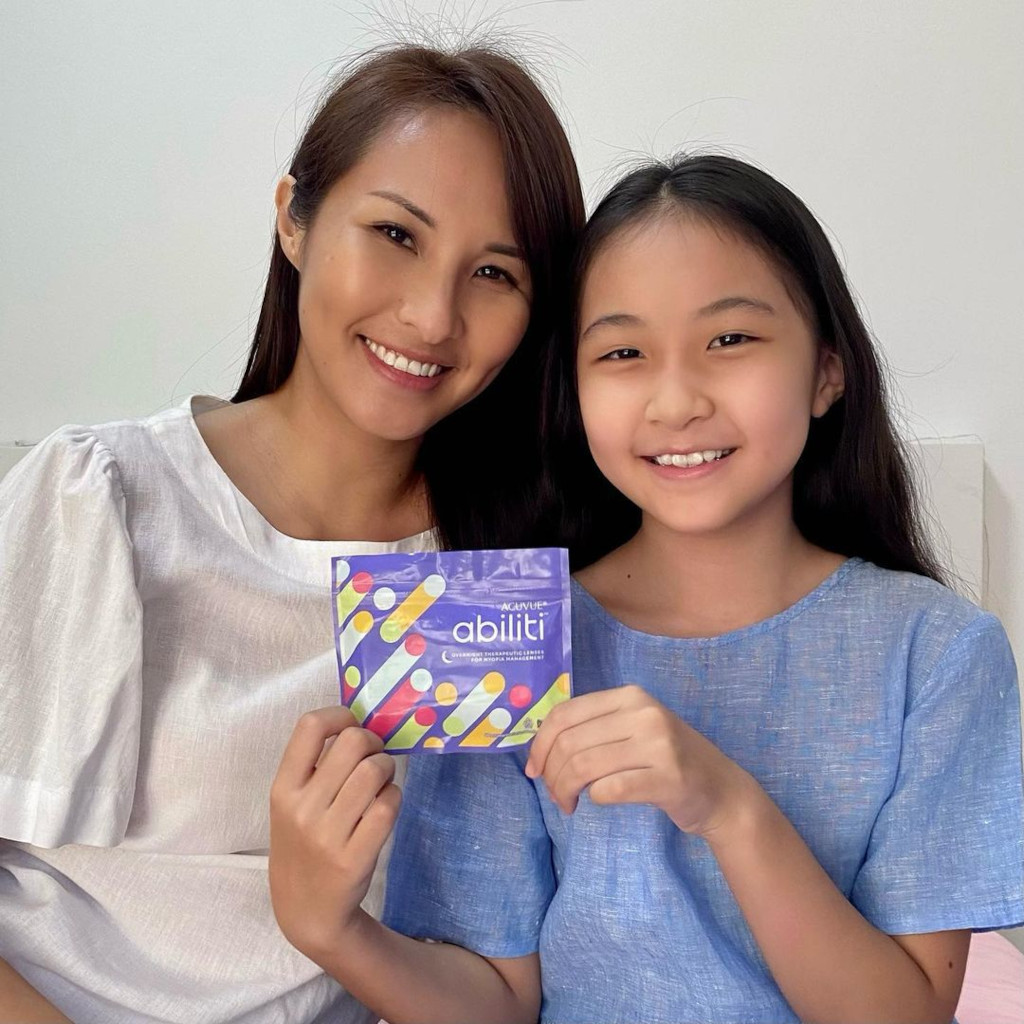
“I went to Capitol Optical, where the optometrist gave me a thorough explanation of ortho-K lenses. After learning about how the lenses will control Lauren’s myopia progression and let her see clearly the next day after wearing them to sleep, I discussed it with Lauren and we both agreed to give it a try.
Our optometrist thoroughly explained the process of handling and wearing the lenses, and helped Lauren practise inserting and removing them. As soon as she tried on one side of the lenses at the optometrist, she went, ‘Wow, I can see so far and so clearly!’ That motivated her to continue with the program. After the very first night with the ortho-K lenses, she was loving how clear her vision was.
At home, it took time before Lauren could put them in and take them out by herself without my help, but she soon got the hang of it. We also had a checkup at the optometrist after that first night to make sure the lenses were put on correctly and were helping her vision. After two or three weeks, the results showed that her vision was perfect during the day!
Eight Months On…
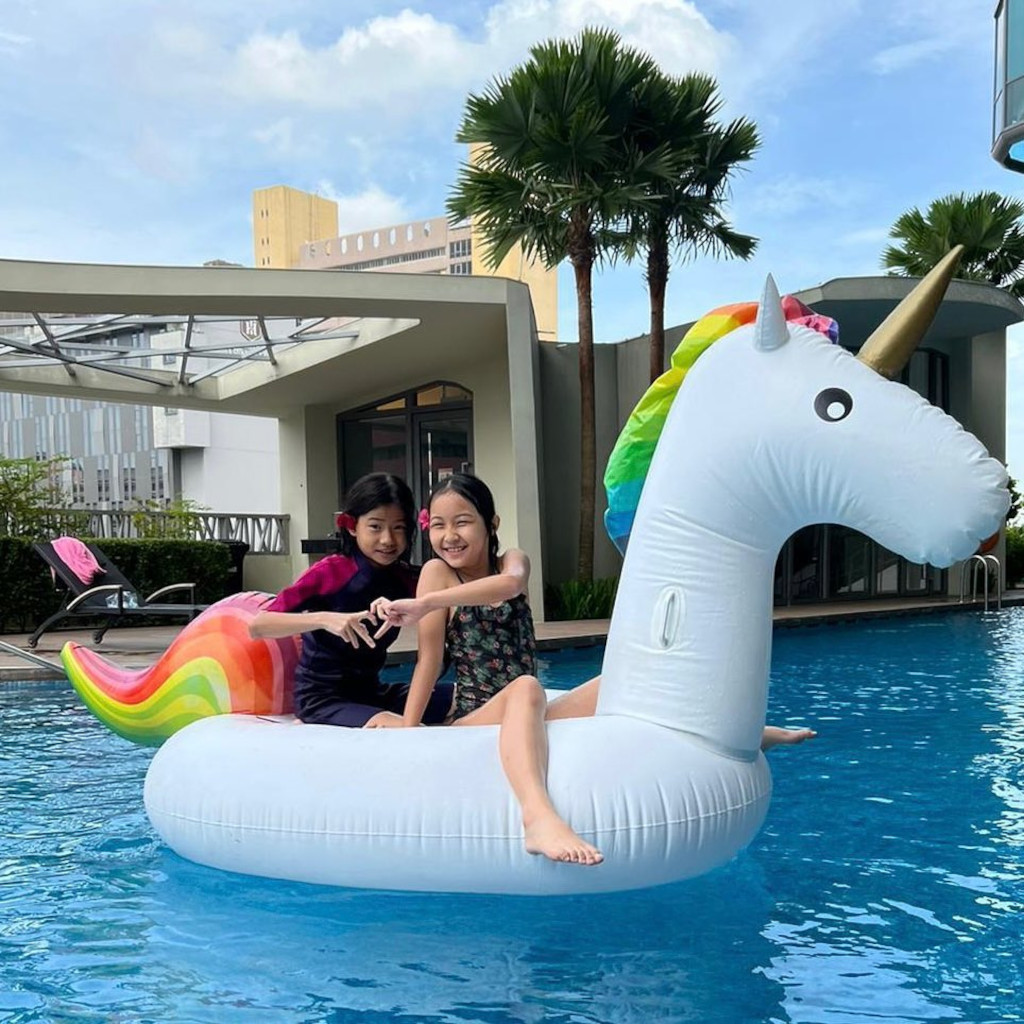
Before she started using ortho-K, Lauren worried if she might feel some discomfort when wearing the lenses overnight. There was a transitional phase in the beginning, but she is much more familiar with them now, and they don’t hinder the quality of her sleep. Now it’s simply part of her nightly routine. It would be stranger for her not to wear the lenses than to wear them!
That said, the ortho-K journey does involve the parent. It’s our responsibility to help and encourage our kids through the treatment — including reminding them to wear the lenses every night. I use the Abiliti digital companion app, SeeAbiliti, which pings me with reminders when it’s time for Lauren to put on and remove the lenses.
In a way, going through this ortho-K journey together has strengthened our relationship. We’re actively tracking her myopia progression together and thrilled to see that her myopia has stopped worsening.
Ortho-K gives my active 10-year-old clear vision in the day without needing spectacles, so she’s able to pursue activities such as dancing, gymnastics, and swimming freely. She’s also able to see much better in class now!”
(See also: How Dance helped my Daughter, who has Dyslexia, gain Confidence in Herself)
Featured image: RODNAE Productions
All content from this article, including images, cannot be reproduced without credits or written permission from SingaporeMotherhood.
Follow us on Facebook, Instagram, and Telegram for the latest article and promotion updates.




